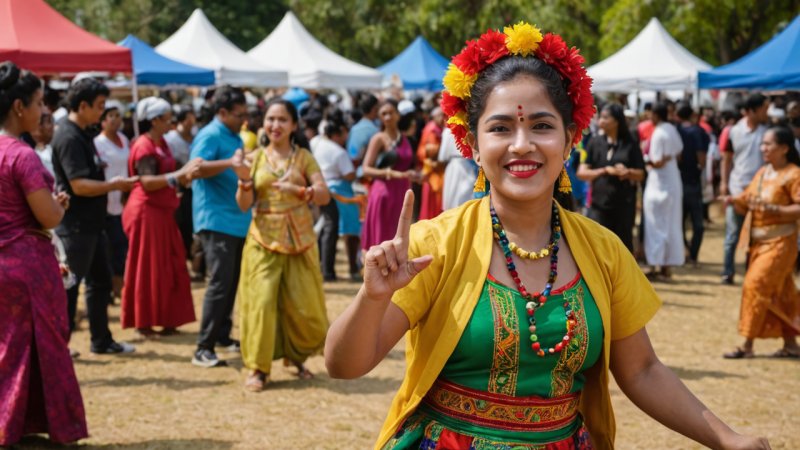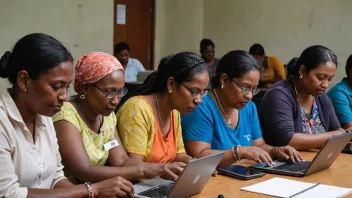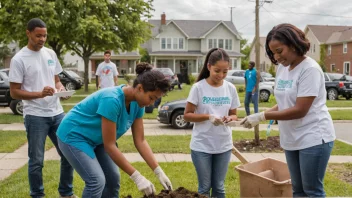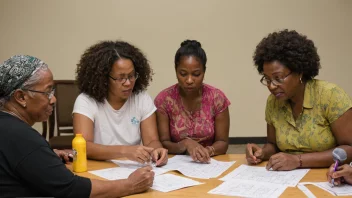Introduction
In today's globalized world, intercultural understanding is more important than ever. This article will guide you through practical steps to promote intercultural understanding in your community, fostering harmony and collaboration among diverse groups. By engaging with different cultures, we can enhance our knowledge, reduce prejudice, and build a more inclusive society.
Step 1: Educate Yourself and Others
Understanding begins with education. Here’s how you can educate yourself and others:
- Read Books: Explore literature that highlights different cultures and histories.
- Attend Workshops: Participate in workshops that focus on cultural sensitivity and awareness.
- Share Knowledge: Organize discussion groups where community members can share their experiences and insights.
Step 2: Celebrate Cultural Diversity
Celebrating cultural diversity can bring communities together. Here are some ideas:
- Host Cultural Festivals: Organize events that showcase music, dance, food, and traditions from various cultures.
- Create Art Exhibitions: Feature artwork from diverse artists to promote cultural expression.
- Encourage Participation: Invite local cultural groups to participate and share their heritage.
Step 3: Foster Communication and Dialogue
Open communication is key to understanding. Follow these steps to foster dialogue:
- Organize Community Forums: Set up regular forums where people can discuss cultural issues and share their perspectives.
- Use Social Media: Create online platforms for discussion, allowing for diverse voices to be heard.
- Encourage Active Listening: Teach community members the importance of listening with empathy and respect.
Step 4: Volunteer and Collaborate
Volunteering is a great way to engage with diverse communities. Here’s how to get involved:
- Join Local Organizations: Volunteer with organizations focused on cultural integration and support.
- Collaborate on Projects: Work with diverse groups on community improvement projects, fostering teamwork and understanding.
- Mentor Youth: Provide mentorship to young people from different backgrounds to help them navigate cultural challenges.
Step 5: Create Inclusive Spaces
Creating spaces where everyone feels welcome is essential. Consider these tips:
- Design Accessible Venues: Ensure that community spaces are accessible to all, regardless of background.
- Promote Inclusivity: Use inclusive language in community communications and encourage diverse participation.
- Establish Support Groups: Create groups where individuals can share experiences and find support.
Step 6: Evaluate and Reflect
Continuous improvement is vital. Here’s how to evaluate your efforts:
- Gather Feedback: Regularly seek feedback from community members on intercultural initiatives.
- Assess Impact: Evaluate the effectiveness of events and programs in promoting understanding.
- Make Adjustments: Be willing to adapt strategies based on community needs and feedback.
Conclusion
Promoting intercultural understanding is an ongoing journey that requires commitment and effort. By educating yourself and others, celebrating diversity, fostering communication, volunteering, creating inclusive spaces, and continually evaluating your impact, you can make a significant difference in your community. Remember, every small action contributes to a larger movement toward peace and understanding.






